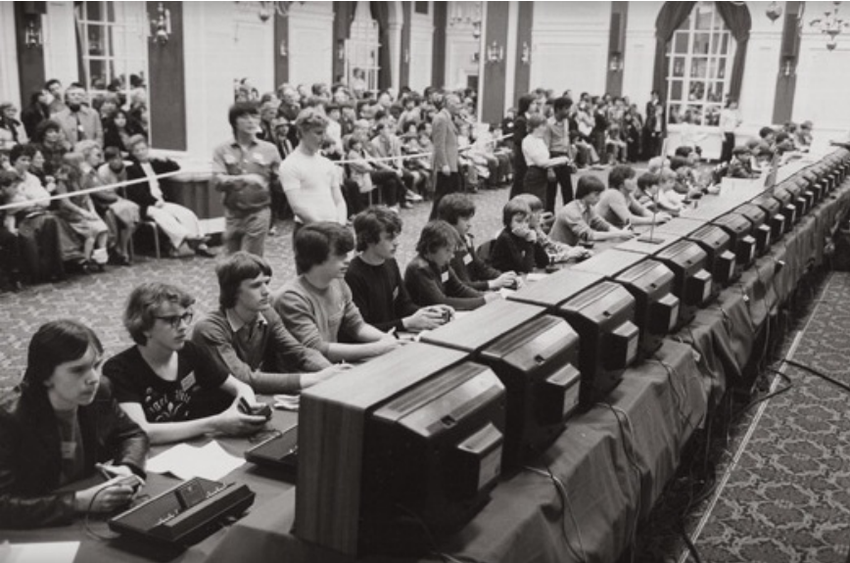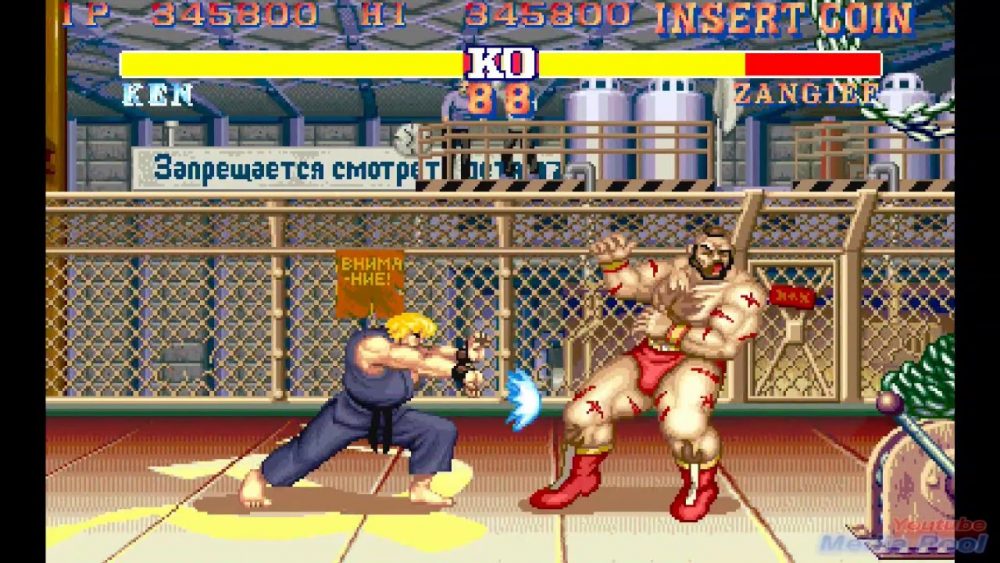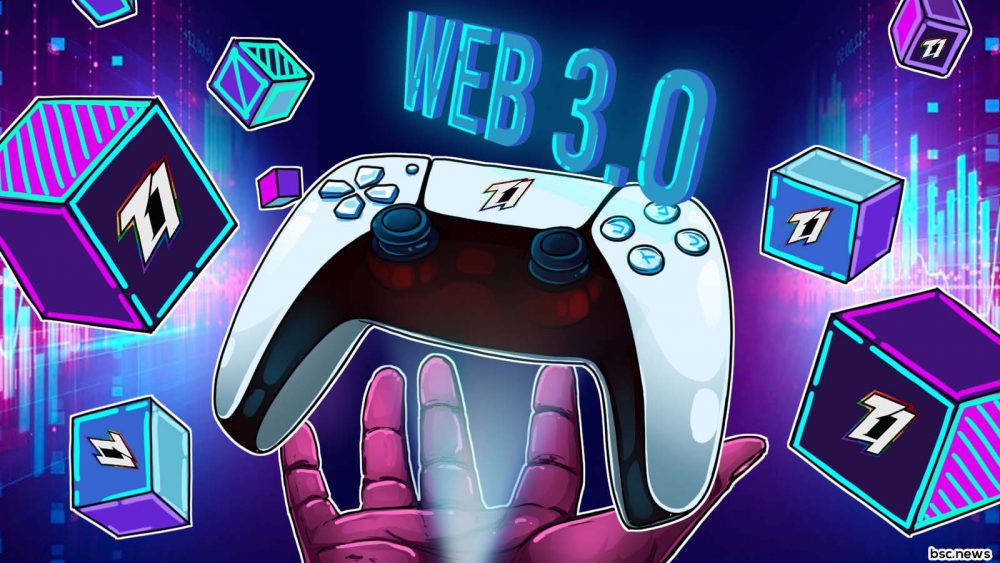Esports are a significant part of our daily lives by 2023, and most of the average folk have heard of them. It has developed into a sector with a sizable workforce of players, coaches, and other employees.
But what are esports, where did they originate from, and where are they headed?
Video game competitions are known as esports, or electronic sports. Esports frequently take the form of planned, competitive multiplayer video games, especially involving professional players, either individually or in teams. Even though organized tournaments have always been a part of the video gaming culture, these were primarily amateur contests up until the late 2000s, when professional gamers began to participate and live streaming of these events experienced a significant increase in popularity.
Esports has become a substantial part of the video game industry by the 2010s, with many game developers actively creating and financing tournaments and other events.
Multiplayer online battle arena (MOBA), first-person shooter (FPS), combat, card, battle royale, and real-time strategy (RTS) games are the video game genres most frequently linked with esports. League of Legends, Dota, Counter-Strike, Valorant, Overwatch, Street Fighter, Super Smash Bros., and StarCraft are just a few of the well-known esports brands.

It was predicted that by the late 2010s, there would be 454 million esports viewers and more than $1 billion in income, with China contributing for 35% of global esports revenue in 2020.
The growth and marketing of esports events have been greatly aided by the expanding availability of online streaming media platforms, especially YouTube and Twitch.
Female gamers have also participated professionally, despite the audience being roughly 85% male and 15% female with the majority of watchers being between the ages of 18 and 34.
Asia was the region where esports initially gained notoriety and recognition, with China and South Korea experiencing rapid expansion (the latter of which has licensed professional players since 2000). Japan has a considerable video game industry, but esports there are still in their infancy. This is largely because of the country’s extensive anti-gambling regulations, which forbid paid professional gaming competitions.
Outside of Asia, esports are also well-liked in Europe and the Americas, where both local and global competitions are held.
The past
On October 19, 1972, at Stanford University, a competition for the video game Spacewar was held. Students from Stanford were asked to participate in a “Intergalactic spacewar olympics” with Bruce Baumgart winning the five-man free-for-all competition and Tovar and Robert E. Maas taking home the team title. The grand prize was a year’s subscription to Rolling Stone.
Competitive face-to-face arcade video game events are the ancestors of modern esports. Sega hosted the All Japan TV Game Championships in 1974, a national arcade video game competition that served as the precursor to esports.
In 1978, Taito’s Space Invaders, which made use of a constant high score for all players popular, ushered in the era that would come to be known as the “golden age” of arcade video games. In the years that followed, a number of video games included additional ways to track high scores, including high score tables that featured the players’ initials in titles like Asteroids in 1979. Chasing high scores became a common activity and a way to compete.

More than a million players from all across Japan and North America participated in the international Track & Field arcade game competition held by Konami and Centuri in 1984.
The American television program Starcade, which aired a total of 133 episodes from 1982 to 1984 and featured contestants trying to outdo each other’s best scores on arcade games, was one of the televised esports events that were broadcast during this time.
Internet game Netrek from 1988 had up to 16 players and was almost totally created using cross-platform open-source software. The third Internet game, Netrek, was also the first to use metaservers to find open game servers and to have persistent user data. It was referred to as “the first online sports game” by Wired Magazine in 1993.
The idea of two players engaging in direct, tournament-level competition was made popular by the 1991 fighting game Street Fighter II.
With Street Fighter II, players would instead challenge each other directly, “face-to-face,” to determine who was the best player. This paved the way for the competitive multiplayer and deathmatch modes present in contemporary action games. Previously, video games would frequently rely on high scores to determine the best player.
The Evolution Championship Series (EVO) esports competition was established in 1996 as a result of the success of fighting games like Street Fighter and Marvel vs. Capcom in the 1990s.
The 1990 Nintendo World Championships was a significant esports competition that toured the country and had its finals at Universal Studios Hollywood in California. Nintendo held the Nintendo PowerFest ’94, a second World Championship for the Super Nintendo Entertainment System, in 1994. In the finals in San Diego, California, 132 finalists competed. Mike Iarossi received the top honor. In the early 1990s, Blockbuster Video also staged its own World Game Championships with GamePro magazine as a co-host. Competitors had to be citizens of the United States, Canada, the United Kingdom, Australia, or Chile. NBA Jam and Virtua Racing were among the titles from the 1994 championships.
Growing internet connectivity in the 1990s was advantageous for many games, especially PC games. With Doom’s deathmatch mode in 1993, id Software’s John Romero pioneered competitive multiplayer in internet games, drawing inspiration from the fighting games Street Fighter II, Fatal Fury, and Art of Fighting.

The benefits of esports
According to studies, esports offers many of the same advantages as traditional sports without physical strain. Through taking part in organized Esports, one can learn about cooperation, communication, strategy, and sportsmanship. The addition of a digital Esports league can only benefit our players as they continue to hone the cognitive abilities we now work on as they play on the grass.
Social and Cognitive Development
As esports’ popularity rises, more students are becoming interested in playing them at school. Additionally, parents and educators have opposed the idea of organized esports in schools, despite evidence to the contrary that involvement in school activities enhances students’ academic achievement and general wellbeing. But going by present patterns, things might be about to improve.
Teachers are aware of the positive impact extracurricular activities have on student achievement. A lot. Whatever the action, Whether it be a softball team or a comedy group. a get-together for movie or engineering fans. There is little doubt that children who participate in extracurricular activities are more successful overall, according to studies.
Children who are involved miss school less and graduate more frequently, among other advantages. They perform better in reading and math and are more likely to pursue further education. Joining activities increases a student’s likelihood of paying attention in class. Their concern for education is greater. Additionally, they have a better self-image and practice less dangerous habits like drinking and smoking.
Today, there are Esports scholarship programs at over 280 institutions. Similar to typical programs, these ones occasionally run out of the college’s athletic departments.
Due to the restricted number of grass soccer scholarships available, many players may find that they have a better chance of receiving significant college scholarships by focusing on Esports. To aid in their discovery, all players who take part in our leagues will be included to a national database for esports scholarship scouting.
According to research, kids who actively participate in video games have a far higher probability of overcoming complicated psychological problems than kids who do not.
Playing video games can help students learn more and become more employable in a variety of fields, such as the computer sciences, engineering, aviation, and medical fields.
Children’s strategic thinking, teamwork, communication, leadership, performance abilities, and confidence-building can all benefit from esports.

The future of esports and Web3
Many people are quick to judge Web3 and crypto games. Similar to how traditional investors quickly abandoned the internet when it was first being developed, they were unable to predict what the future held for what is now known as “Web2.”
In 2023, the Internet is now used for more than just browsing the web. From a computer screen, individuals may establish vast empires, amass enormous sums of money, and change their industry.
Web3 is still experiencing growing pains, particularly with the game-controlling models. Due to NFT costs, early crypto games are extremely difficult to access, with gameplay that is subpar and downright uninteresting. With the use of Unreal Engine 5 technologies, developers have only recently begun to seriously push Web3 gaming into uncharted territory.
Esports games with heart-pounding action include Call of Duty, Rocket League, and Fortnite. They leave audiences on the edge of their seats and craving more when played by the best musicians in the world.
Additionally, these games are played and watched by millions of people worldwide. By this time, the industry has grown significantly thanks to support from well-known companies.
The existing “Play-To-Earn” strategy must change if games in the Web3 market are to prosper in the future. The Web2 games previously described all contain unique characters, a desire for skill, and competition. Unlike many Crypto games, which depend more on effort and time than on talent.
With recent earnings in excess of $1 billion, the esports market is expanding. During the same time frame, tokenized in-game economies and player awards have seen a significant amount of innovation and rapid evolution in blockchain-based gaming. Some projects are going beyond play-to-earn, free-to-play-to-earn, and move-to-earn by incorporating blockchain games into the eSports industry. GameFi and esports are being combined in the hopes that players would have more competitive game modes while also receiving security, fairness, and new business models made possible by decentralized blockchains.
It is inevitable that GameFi and esports will converge. Will this be the key to bringing Web 3-games with compelling user experiences into the mainstream?
With the help of several start-ups, the dominance of big game publishers will collapse and esports teams and players will gain control. They want to create a creative economy where players and teams can profit from their prowess and accomplishments. For instance, MonkeyLeague and EV.io let individual athletes make and play games, compete with other gamers, and make money (typically cryptocurrencies). In September 2022, Sky Mavis announced a $2.4 million grant for esports events on its Web3-based metaverse platform Axie Infinity, to be distributed between Q4 2022 and Q2 2023.
The idea of combining GameFi with esports is still relatively new, but many companies in the international gaming sector are looking at it. There are many prospects; the question is whether it is advisable to take use of them right away or to wait for the GameFi industry and technology to develop. After the introduction of the newest batch of Web 3 gaming titles, it will start to thrive in earnest. These higher-quality games will undoubtedly permeate popular culture and gaming communities, attracting new investment to develop the best esports products, practices, and experiences using blockchain technology. The competitive spirit among gamers around the world will be unleashed by this potent combo.
AMG is a decentralized autonomous organization, bridging the gap between players and web3 game developers, bringin the next billion users into the metaverse.
AMG acquires non-fungible tokens (NFTs) used in blockchain-based games and acts as a trusted party advocating for games in the metaverse, thus bringing more people in.
We are leveraging strong partnerships with games developers and Yield Guild Games to launch our organization to the forefront of the Central/Eastern European gaming market.
AMG DAO has been building a game focused crypto wallet, guild management and other tools to keep contributing to the ecosystem, in order to aid the creation of games with sustainable economies.
AMG DAO Social Media Links: